For athletes engaged in endurance sports – like running, cycling or swimming for more than 2-3 hours at a time – carbohydrates are a necessity to provide fuel to the muscles and are critical to go the distance.young male athlete take a rest after running Registered dietician and nutritionist Erica Goldstein offers a variety of tips to help athletes understand the best foods and options for carb loading during training. “The top question I’m usually asked is what I should be eating during training,” says Goldstein, who sees patients on Mayo Clinic’s Florida campus. First, it’s important to understand what a carbohydrate is, she says. “Carbohydrate is stored in the body in the form of glycogen, which is basically links of glucose – or sugar – stored in large amounts. Glycogen can be broken down during continual exercise to provide energy for muscle contraction,” she explains. Examples of carbs Fructose, glucose and sucrose are three forms of carbohydrates. These can be found in a variety of foods, including: fruits, like bananas, raisins and dates; and starch, like potatoes, pasta and rice. Of course, there are a variety of sports-specific gels, chews and performance bars developed for athletes. How much do you need? The body can only store so much glycogen so it is essential to consume carbohydrate during prolonged exercise, usually greater than an hour, to continue to provide energy to working muscle. “Otherwise, you may compromise your ability to finish your training,” Goldstein says. According to research, she recommends consuming carbohydrates based on the intensity and duration of training. 30 g after the first 60 min is enough for training lasting 60-90 min. 60 g per hour after the first 2 – 2.5 hours 90 g per hour after 3 hours → dependent on high intensity exercise (~75% of maximal effort) Goldstein advises athletes vary the types of carbohydrate consumed. “Mix it up; see what works for your body and what you can tolerate,” she advises. She also recommends reviewing food labels to determine total grams of carbohydrates in a product as well as the specific ingredients (i.e., glucose, fructose, sucrose).

Eating for Endurance
- Post author:admin
- Post published:October 12, 2021
- Post category:Uncategorized
- Post comments:0 Comments
You Might Also Like

Can A Brain Injury Make You A Genius?
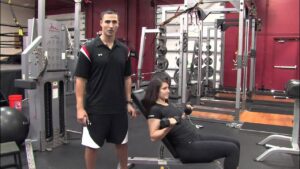
Weight Training Video – 5
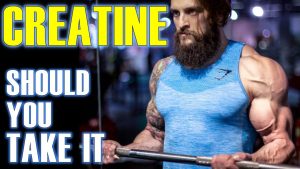
SIMPLE TRUTH: SHOULD YOU TAKE CREATINE & WHICH IS BEST – Side Effects | Lex Fitness
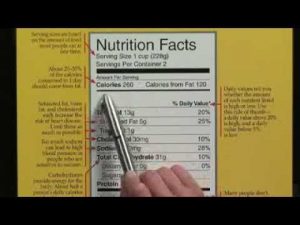
Healthy Fat Loss Diets – Low-Cholesterol Diet Nutrition Facts

5 ways to get pregnant fast with Clomid

Hypervitaminosis Video – 2

What is Heart Attack explained in Hindi by Dr. Vinod Sharma.

Testosterone & Androgenic Effects Video – 46

How to pronounce pantoprazole (Protonix) (Memorizing Pharmacology Flashcard)

Plank with Donkey Kick

Advantages Of Yoga Video – 6

What is Water Circulation?
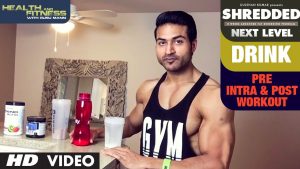
Pre/During/Post Workout Drink || SHREDDED NEXT LEVEL by Guru Mann ||

What Happens When You Boil Urine

Fasting + Post Meal Blood Sugar Readings

What TO DO After A WORKOUT!
Bodybuilding & Muscle Building

Osteoporosis Meaning

How to Warm Up | Running

Lateral Raises-11

Overweight & Obesity Video – 10
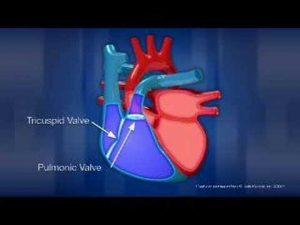
Heart Anatomy

Bone Density Testing
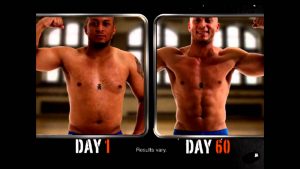
Workout Insanity 2014 Video Training + PDF Nutrition Guide
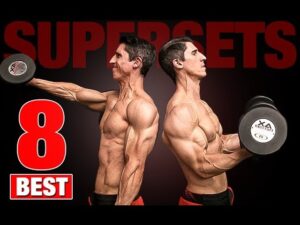
The 8 Best Supersets (YOU’RE NOT DOING!!)

What is an isometric exercise? Isometric Exercises Definition

Sports Surgeries Video – 3

Arnold Press – Shoulder Exercise – Proper Form Tutorial

Intermittent Fasting & Fasting Video – 20
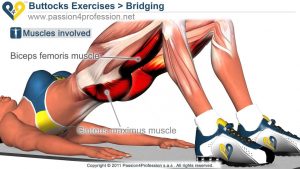
The10 Best Exercises to Lose Weight
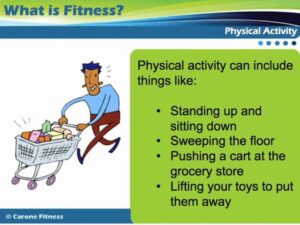
What is Fitness

Intermittent Fasting & Fasting Video – 8
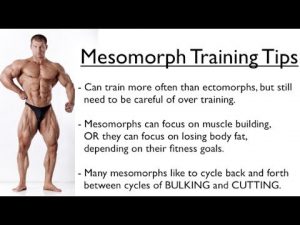
Ectomorph, Endomorph or Mesomorph – Training for YOUR Body Type
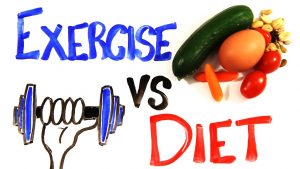
Exercise vs Diet

Geriatric Physiotherapy Video – 13
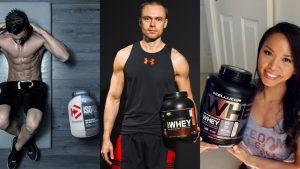
Top 5 Best Protein Powders Ever

Steroids and Kidney

Symptoms Of Hepatomegaly (Enlarged Liver)

Single Arm Dumbbell Row – Upper Back & Shoulder

